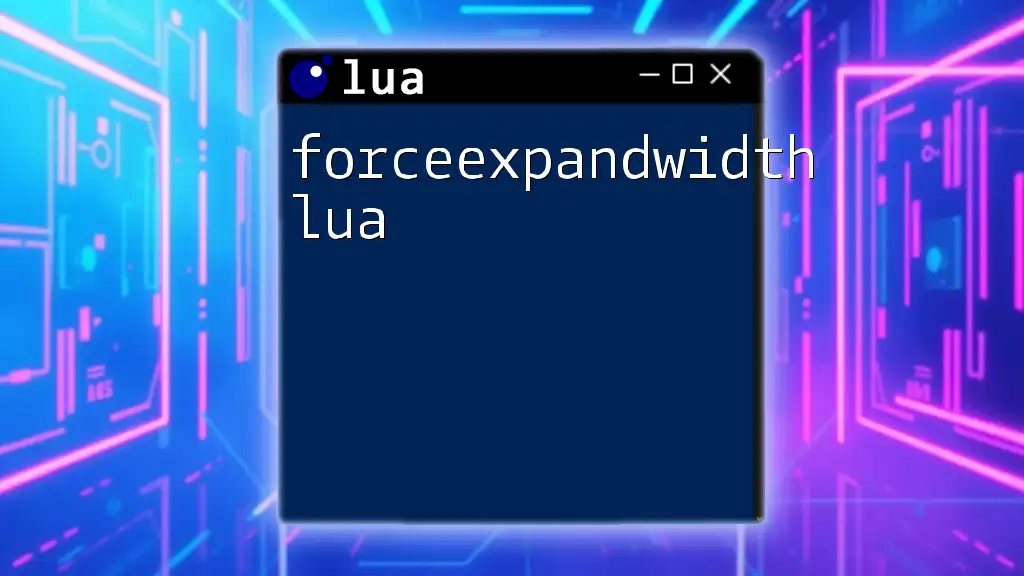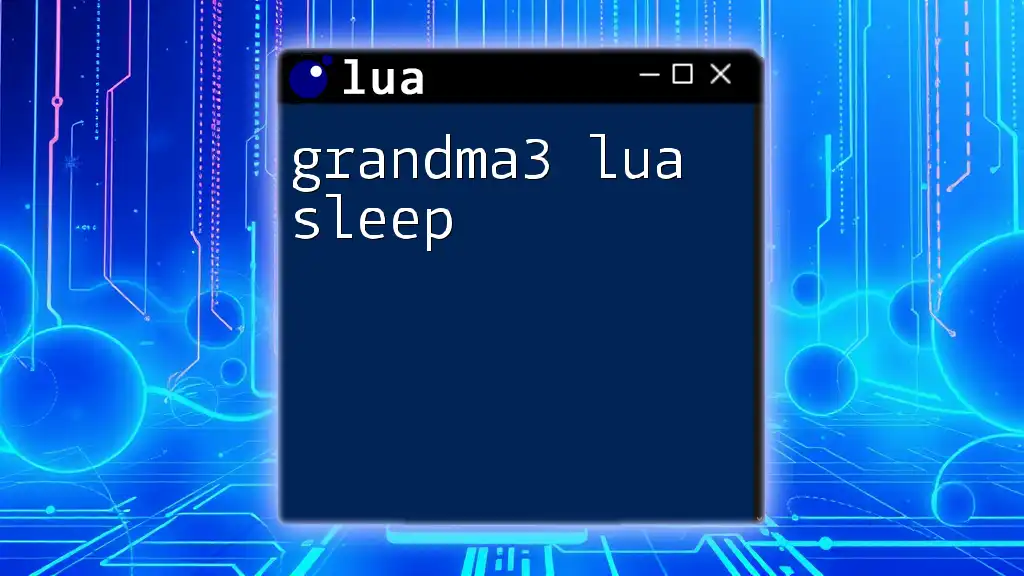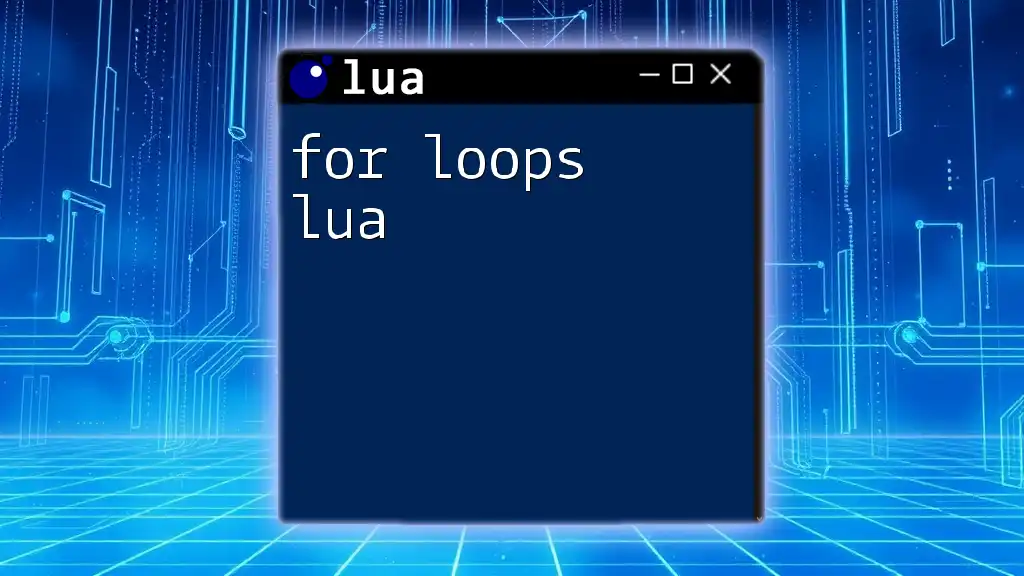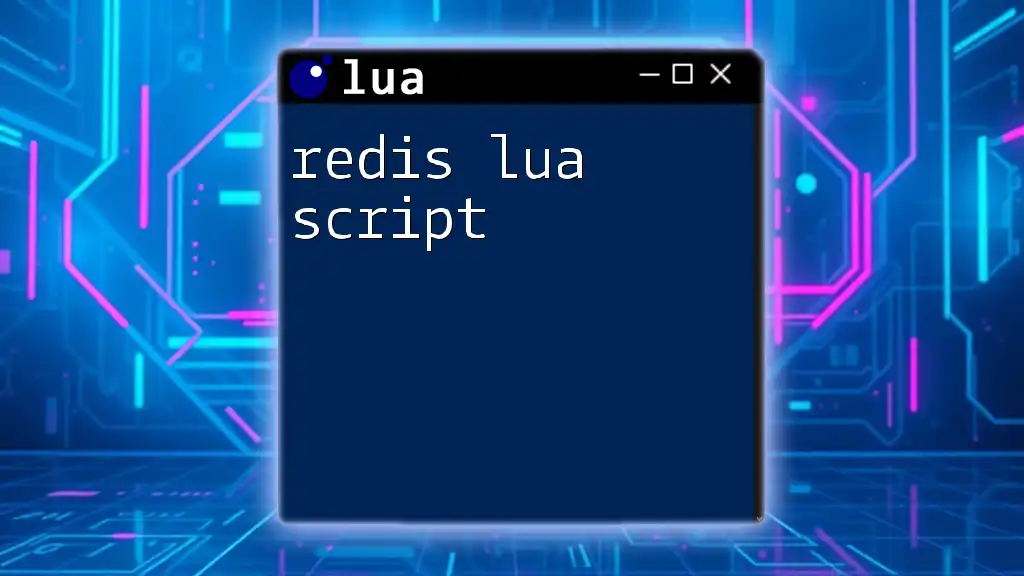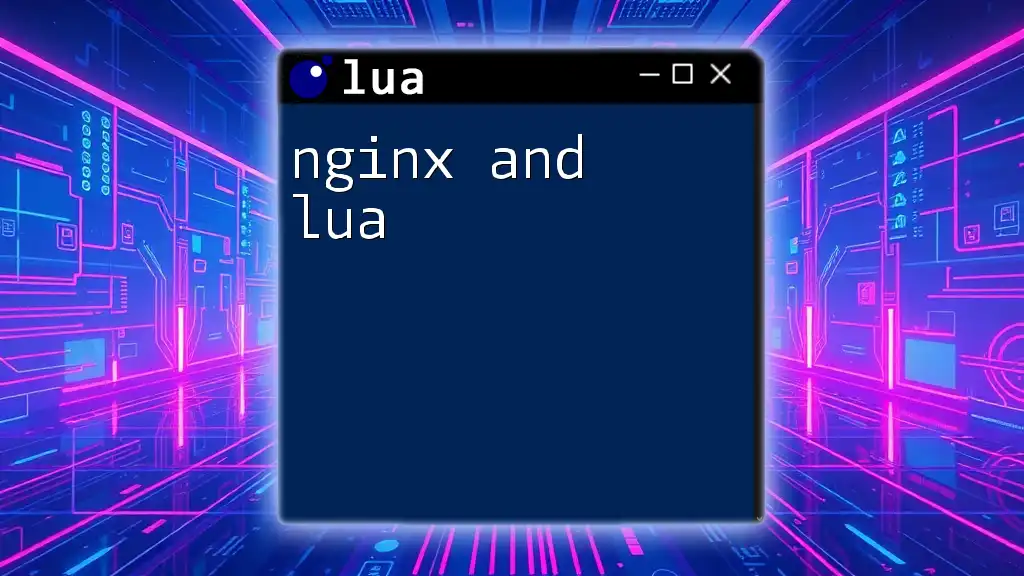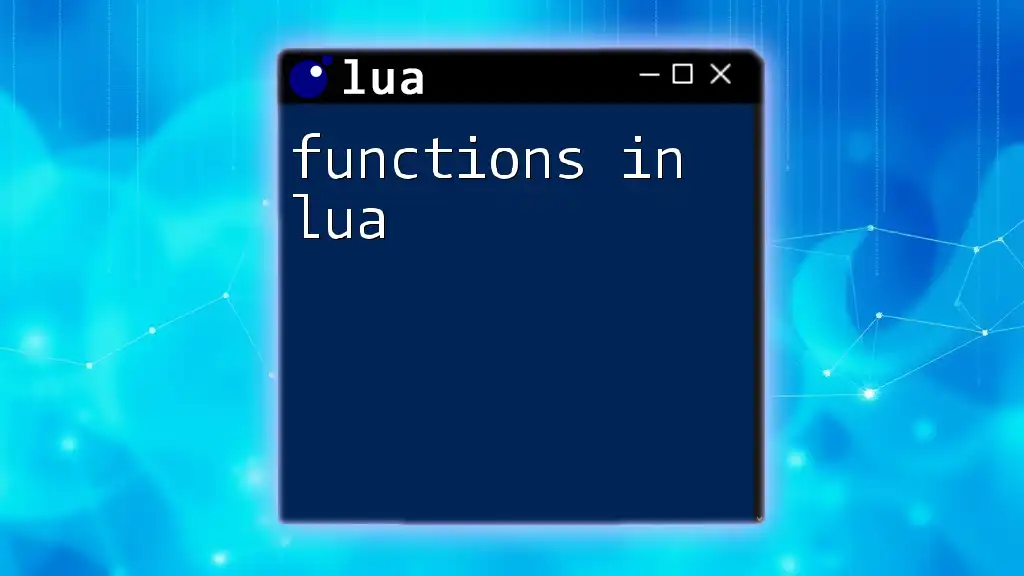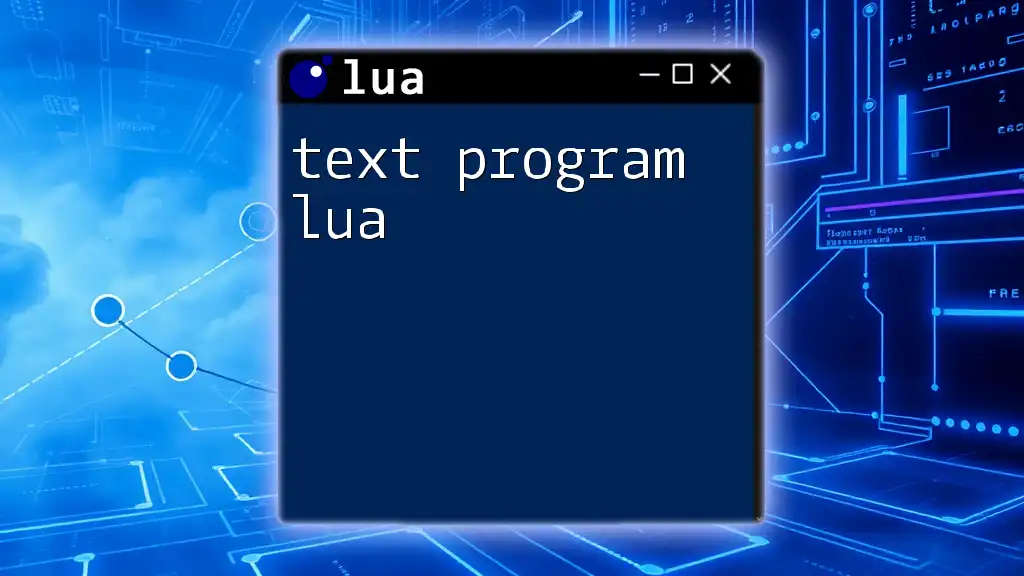The `forceexpandwidth` command in Lua is used to programmatically adjust the width of a user interface element to ensure it expands to a specified size regardless of its content.
Here's a simple code snippet to demonstrate the usage:
-- Example of forcing a UI element to expand its width
local element = YourUIElement -- replace with your UI element
element:forceexpandwidth(200) -- sets the width to 200 pixels
Understanding the Basics of Lua
The Lua Language
Lua is a lightweight, fast, and efficient scripting language that is designed for embedded use in applications. It has a straightforward syntax, making it accessible for beginners while still being powerful enough for seasoned developers.
Key Features of Lua:
- Lightweight: Lua scripts run quickly, making them ideal for applications like game development where performance is critical.
- Embeddability: Lua can be easily integrated into different applications, providing scripting capabilities without extensive overhead.
- Functional flexibility: You can use Lua for a variety of tasks, from UI scripting to game logic.
Common Use Cases:
- Game development (e.g., Roblox, gaming engines like LÖVE)
- Web applications (for interactivity and dynamic content)
- Automation scripts (for tasks like data processing or system management)
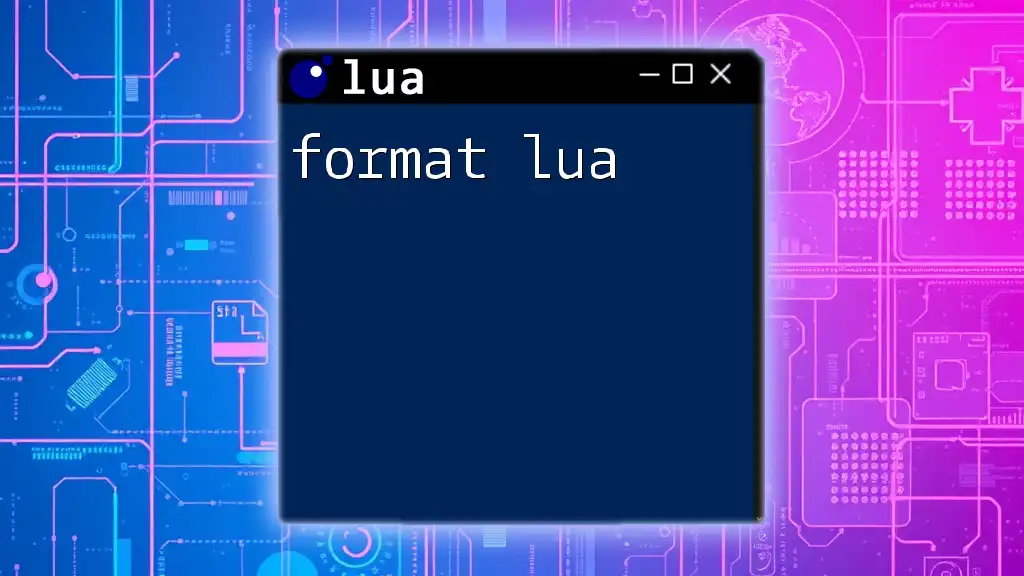
ForceExpandWidth: An Overview
Definition
The command `forceexpandwidth` is a specialized Lua function used to control the width of UI elements or components in applications, particularly within game engines or GUI frameworks. This command forces the specified UI component to occupy a defined width, ensuring that layouts remain consistent and visually appealing.
Purpose and Use Case
You might want to use `forceexpandwidth` in scenarios where you need precise control over your UI's layout. For instance, if you are developing a game and need to adjust the widths of health bars or buttons dynamically based on user interactions or game events, this command comes in handy to maintain visual harmony.

Detailed Explanation of `forceexpandwidth`
Syntax
The syntax for using `forceexpandwidth` is simple and direct:
someObject:forceexpandwidth(value)
In the above example, `someObject` represents the UI component you are manipulating, while `value` is the numerical width you wish to set.
Parameters
-
Parameters Overview: The main parameter to be supplied is the width you want to force on the UI element.
-
Common Parameters Explained:
- `value`: This represents the pixel width. You can set this to a specific integer value.
For example, if you want the component to span 250 pixels wide, you would pass `250` as the value.
Behavior
Expected Outcome: After invoking `forceexpandwidth`, the UI element will adjust its width immediately, visually reflecting the new design. This can enhance user interactions by providing clearer and more responsive UI elements.
Side Effects: Overusing this command might lead to unexpected layout shifts or overlap with other UI components if not managed correctly. It’s essential to consider the entire layout when applying this command to maintain a pleasant user experience.

Practical Examples
Example 1: Using `forceexpandwidth` in UI Scripting
In the context of a user interface, `forceexpandwidth` can be critical for ensuring that elements appear as intended.
Context of Example: Setting up a button in a game UI that should be consistently sized regardless of screen size.
Code Snippet:
myButton:forceexpandwidth(200)
Explanation of Code: In this example, the `myButton` UI component will be forced to a width of 200 pixels. This commands the button to expand, regardless of its previous width settings, ensuring that it remains large enough for user interactions.
Example 2: Using `forceexpandwidth` in Game Development
In games, it’s often necessary to make UI elements responsive to gameplay changes.
Context of Example: Adjusting the width of a health bar based on player status.
Code Snippet:
healthBar:forceexpandwidth(300)
Explanation of Code: This line sets the health bar's width to 300 pixels. During gameplay, if the player's health changes or additional aesthetics are applied, this adjustment ensures the health bar remains prominently visible, thereby enhancing the player's experience.
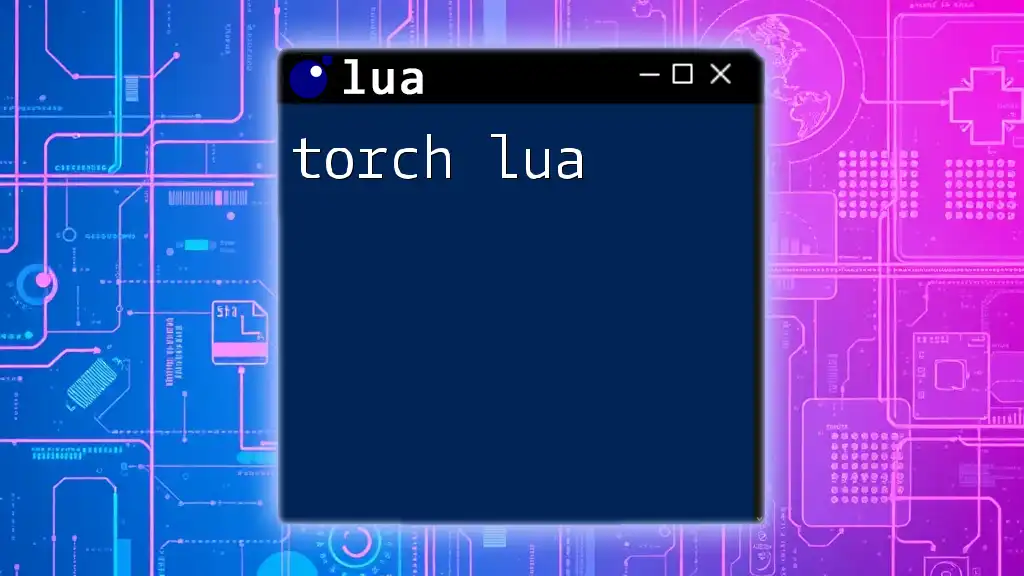
Common Mistakes and How to Avoid Them
Troubleshooting Issues
While using `forceexpandwidth`, several common errors may arise:
- Setting an excessive width: This can cause overlap with other UI elements, making the interface look cluttered or unresponsive.
- Not testing across resolutions: Ensure to check how the widths work across different screen sizes, especially in mobile or responsive designs.
Best Practices
To ensure effective usage of `forceexpandwidth`, follow these best practices:
- Test Layouts Rigorously: Always check your UI on various screen sizes and resolutions to confirm that your components behave as expected.
- Use Relative Units when Possible: Where applicable, consider utilizing responsive design techniques alongside `forceexpandwidth` for a better user experience.
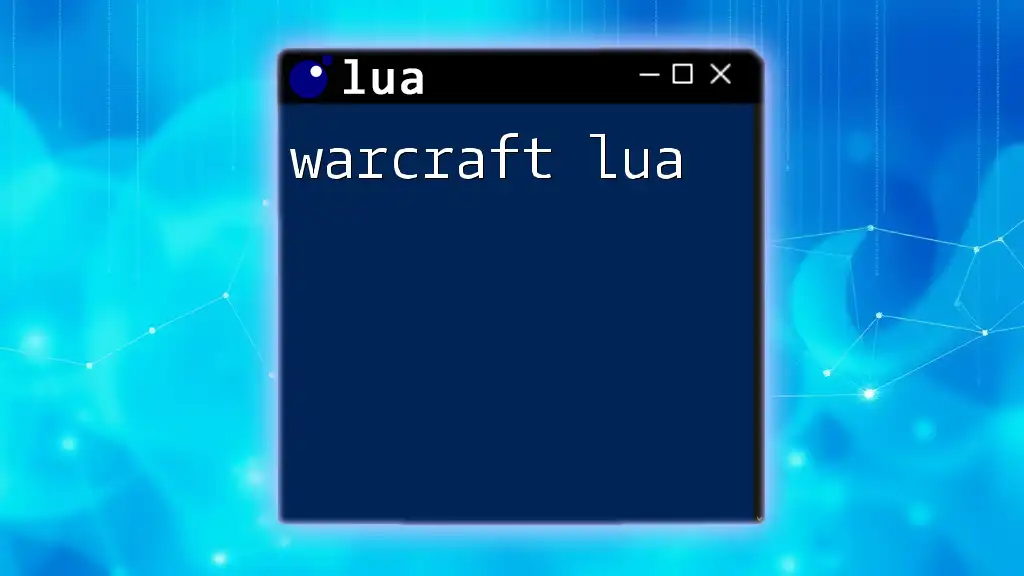
Advanced Usage
Combining `forceexpandwidth` with Other Commands
For more complex UI layouts, it’s beneficial to combine `forceexpandwidth` with other related commands, such as `setheight`, to create a cohesive and responsive layout.
Performance Considerations
While `forceexpandwidth` is quite efficient, it’s essential to keep an eye on its usage within loops or real-time updates. Overusing this command in a performance-critical situation might lead to performance bottlenecks.
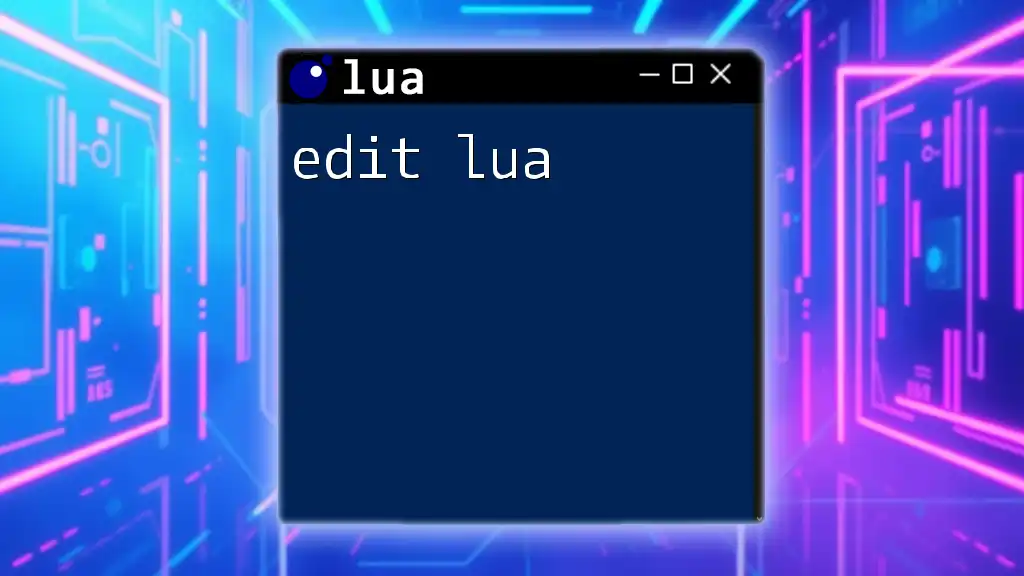
Conclusion
Mastering the `forceexpandwidth` command in Lua can significantly enhance your ability to create dynamic and user-friendly interfaces. By understanding its usage, implementation, and potential pitfalls, you can ensure your applications remain visually appealing and functional.

Additional Resources
Tutorials
To further your learning in Lua and get hands-on experience, explore recommended tutorials and courses available online.
Community Support
Engage with Lua communities such as forums and Discord groups to seek support, share your experiences, and learn from other developers. This collaborative environment can greatly enhance your understanding of Lua scripting.

